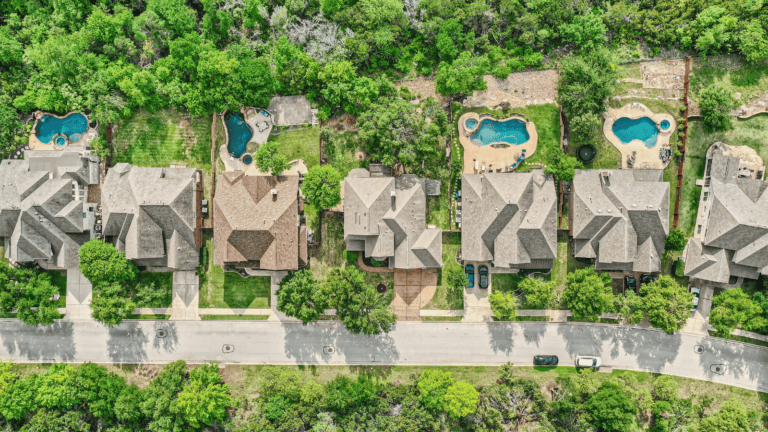Salt Lake City is one of the fastest-growing cities in the country. As of 2020, Utah projected almost a 20% increase in population from the last census, and its capital city grew by 15% between 2019 and 2020.
Many are eyeing the city for its growing job market, housing affordability, and social scene. However, the cost of living in fast-growing cities can change rapidly. Given Salt Lakes’ monthly expenses, including housing costs, median income, and business activities, just how much does it cost to live in Salt Lake City?
2021 Cost of Living in Salt Lake City
Salt Lake City’s (SLC’s) cost of living is generally around the national average, skewing slightly lower. A cost of living calculator finds that, as of 2021, SLC is 6% less expensive than the national average. Groceries and housing are cheaper here than in the rest of the country, and the utility prices are over 20% less than average, partly due to recently-enacted tax credits.
Average Cost of Food and Groceries in Salt Lake City
The cost of groceries in SLC is close to the national average but a little cheaper. Someone on a budget can get by on the basics—bread, rice, eggs, milk, chicken, and in-season fruits and vegetables—for under $250 a month. Expect to pay a little more if you’re looking for a more fully-stocked pantry, but unless you’re moving from somewhere with exceptionally cheap food costs, you won’t have to adjust your budget significantly.
Utah is becoming nationally known for its growing number of incredible restaurants. While there is no shortage of upscale dining options, a night out at most casual spots will cost around $20 or less.
Transportation Costs in Salt Lake City
Salt Lake City marginally exceeds the national average price of transportation. At the time of writing, gas prices run around $3.60 per gallon, steep for those commuting by car.
SLC also has reliable public transportation, including a light rail, a commuter rail, and bus and streetcar networks. One-way passes currently cost $2.50, and monthly bus and light rail passes cost $85 (and half as much for seniors and students). A premium monthly pass, which also provides commuter rail access, is $170. All of these costs are somewhat above average when compared to equivalent services in other cities.
Fortunately, the city is also very walkable and bikeable, which can help save on transportation costs. Central City ranks as one of the most accessible neighborhoods to traverse by foot.

Median Home Price in Salt Lake City
As previously stated, Salt Lake City is one of the fastest-growing communities in the United States. With rapid growth, though, comes rapid increases in housing costs. In fact, as of 2021, SLC experienced the third-highest increase in housing prices in the country.
Currently, SLC’s average home price (calculated by median) is around $523,000. This is higher than Utah’s median of $458,000 and substantially more expensive than the national average of $291,000. However, this price jump may be partially due to supply chain issues making it challenging to construct enough new homes to meet demand.
The market is friendlier for renters than for homeowners. The average rent price for a one-bedroom unit in Salt Lake City is $1,060, which is right around the national average. Studio apartments are cheaper than in most of the country, falling $70 below average.
Job Market and Average Household Income in Salt Lake City
Job prospects are one of the most important deciding factors in deciding to move to a new city. Even if you move somewhere with a job already lined up, you will want to be assured that you have other options.
Fortunately, Salt Lake City’s job market reflects its overall economic growth. The unemployment rate of 3% is half of the national average, and job growth is projected at almost 40% in the future. Studies continuously rank SLC as one of the best cities in which to find employment.
Salt Lake City’s median household income is around $60,000 a year, close to the national average. $36,000 per capita income is slightly above the national average, again reflecting the city’s robust economy.







